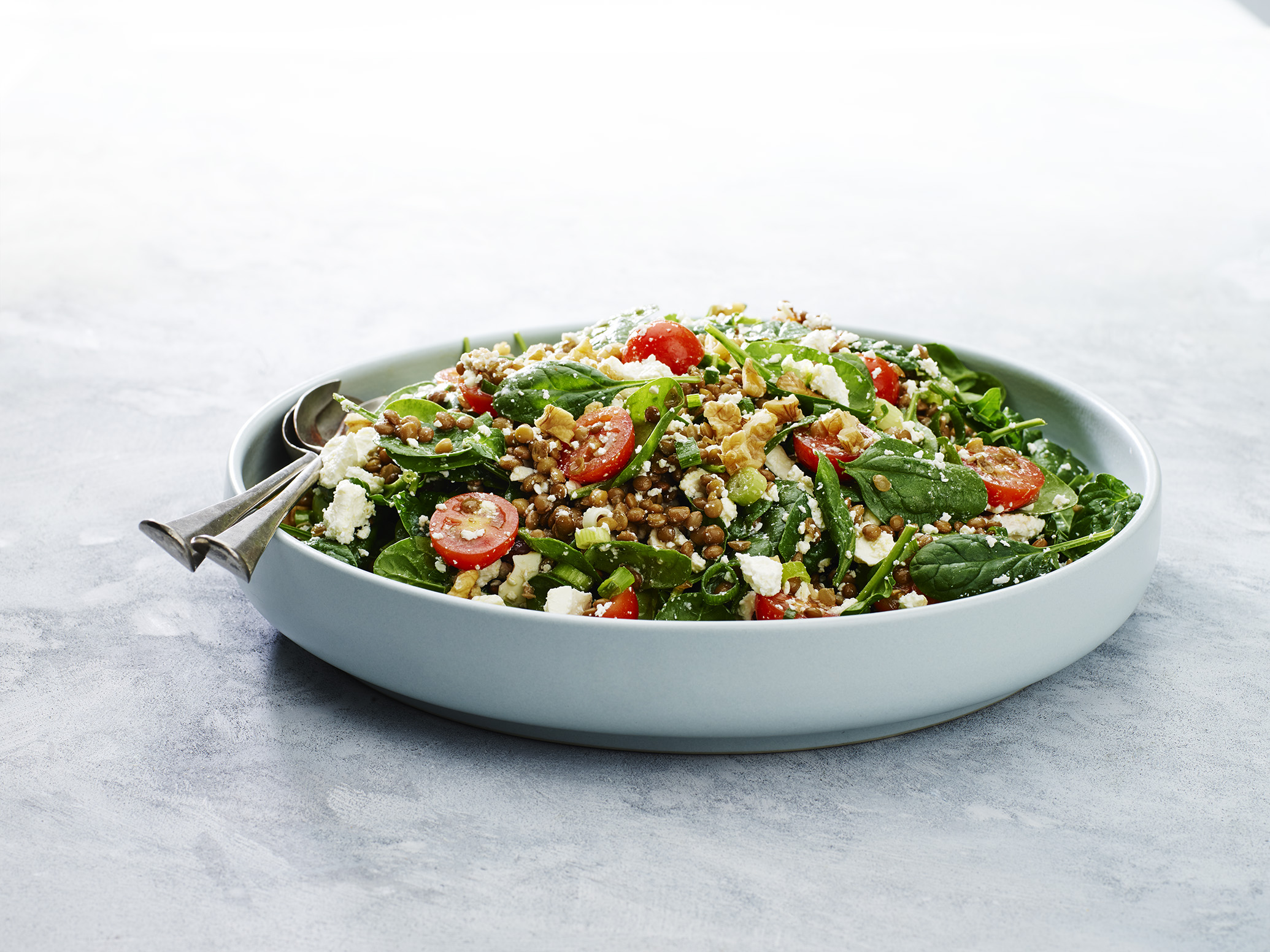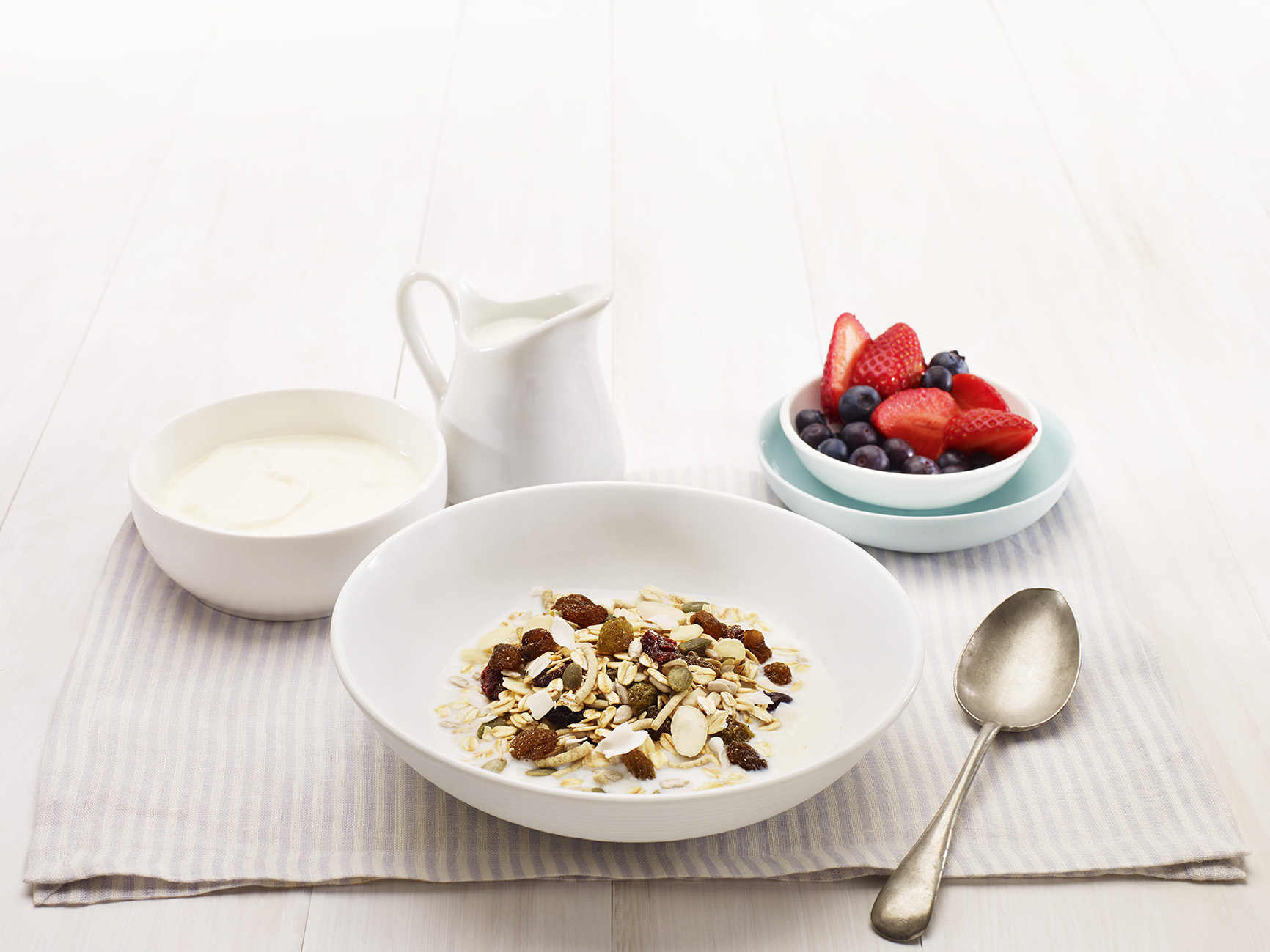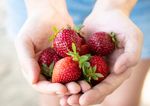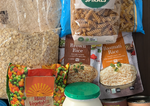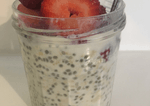4 easy ways to get more fibre into your diet
by Guest Author,
- November 22, 2019
- Leave a comment
- Healthy eating
- Top Tips
- Cooking
- Shopping
- Weight Management
- Cancer
- Wellness
- Men's Health
- Women's Health
Sarah Chesher, student dietitian Curtin University
We all know fibre is important, but less than a third of Australian adults get enough. Dietary fibre helps us stay full for longer, which is important for weight management, as well as assisting food to move through the digestive tract and out the other end! It has also been shown to improve blood glucose control and reduce the risk of bowel cancer, heart disease and diabetes.
It’s recommended that women eat at least 25 g, and men at least 30 g of fibre per day.
Hang on, what actually is fibre?
Time for a quick human biology lesson!
After we chew and swallow our food it moves down our oesophagus into our stomach, where it mixes with acid and some digestive enzymes. The stomach connects to the small bowel – it’s here that most of the work happens. More digestive juices get mixed in and food is broken down into nutrients and absorbed. The last stop is the large bowel – the home of trillions of good bacteria that strengthen our immune system. They also eat up any food that we weren’t able to digest and turn it into compounds that we can use. And what is a gut bacterium’s favourite food? Fibre!
Fibre is any carbohydrate that we aren’t able to digest. There are three broad types:
- Soluble fibre
This is found in plant cells. Some good sources are fruit and vegetable flesh, barley, chia seeds, flaxseed, oats, psyllium, lentils and beans. This type of fibre can help lower LDL (bad) cholesterol levels. - Insoluble fibre
This is usually found in plant cell walls. Good sources are wholegrains, fruit and vegetable skins, beans, nuts and seeds. A major role of insoluble fibre is to bulk out our poo which can stop constipation. - Resistant starch
This gets broken down into short-chain fatty acids by bacteria in the large bowel. These short-chain fatty acids are an important source of fuel for our large bowel cells, keeping them healthy. Resistant starch is found in unprocessed grains and cereals, cooked and cooled potatoes, lentils and unripe bananas.
Here are 4 ways to increase the fibre in your diet:
1. Make the switch
Switch from white rice, bread and pasta to wholegrain options. Just remember that wholegrain rice takes a little extra time to cook. Allow 25 – 35 minutes when boiling brown rice.

2. ‘Bean’ there before
Try adding some beans or lentils to your dishes. Legumes are a great source of soluble and insoluble fibre. LiveLighter have some tasty, simple recipes here that include beans.
3. A breakfast of champions
Make porridge or a high fibre cereal your breakfast of choice! Cereals with barley, wheat and oats are great sources of soluble fibre and resistant starch. Add some fruit and natural yoghurt to make a delicious meal. Check out Livelighter’s healthy apple porridge recipe here.
4. Choose whole fruits over fruit juice
When fruit is juiced, the pulp (containing most of the fibre) is discarded. Instead of reaching for juice, select a piece of fruit with the skin on (unless you’re eating an orange of course!) to give you soluble and insoluble fibre. If you’re set on drinking your fruit, try a homemade smoothie. Just make sure you blend the whole fruit – you’ll need less fruit, have less food waste and most importantly not miss out on the fibre. Find LiveLighter’s healthy breakfast smoothie recipe here.

A word of caution…
A sudden increase in fibre intake can cause tummy upset, including pain, constipation and increased wind. Gradually increase your daily fibre intake over a few weeks. It’s also important to drink plenty of water to help the fibre move through your digestive tract.
A diet high in fibre is essential for a healthy digestive system. Make sure you are getting enough to keep your gut performing at its best and reduce your risk of chronic disease.
What are your top tips for increasing your fibre intake?
LiveLighter supports future health professionals through engagement with Australian Universities. This student blog was created for LiveLighter as part of Advanced Public Health Nutrition Practice coursework (Master of Dietetics at Curtin University, Western Australia).
